Energy drinks and urinary stones

Ureteral stones are a condition where stones are formed in the kidneys, and these stones can get stuck in the bladder, ureters, or urethra, causing excruciating pain that you never want to experience again. In Japan, it is said that 1 in 7 men and 1 in 15 women will develop ureteral stones. Furthermore, the recurrence rate is high, with 50% of cases reappearing within 5 years, so once you get them, you need to be careful, as there’s a high chance of recurrence.
※Actual stones have a spiky and painful appearance, so feel free to search for images to get an idea.
 Author: Energy Drink-kun
Author: Energy Drink-kun
In 2001, while living in the United States, I encountered energy drinks through the dance scene and was deeply impressed. After returning to Japan, I found that energy drinks were considered novelty beverages, so I established a comprehensive website in 2013 to share the true appeal of energy drinks. As an energy drink enthusiast, I began drinking them seriously again, collecting over 8,000 varieties of energy drinks from various countries. I am also active as a critic and expert, receiving media interviews.
Causes of Ureteral Stones in Energy Drinks
Ureteral stones are formed when oxalate and calcium combine to create "calcium oxalate stones," which can cause excruciating pain. While there are various types of stones, this type is particularly common among Japanese people.
Ureteral stones are more likely to form due to an unbalanced diet. Specifically, substances like oxalate (found in spinach and chocolate), sugar, salt, and fats are considered particularly harmful. Adding animal proteins (such as meat) to the diet increases the excretion of oxalate, uric acid, and calcium, which raises the risk of stone formation.
How Ureteral Stones Form
- Animal fats and sugars are broken down into fatty acids in the body.
- In the intestines, fatty acids combine with calcium.
- Oxalate no longer binds with calcium in the intestines, and excess oxalate moves to the kidneys.
- In the kidneys, oxalate binds with calcium in the urine, forming stones.
Additionally, if you consume a lot of meat and sugar, your body's pH balance may tilt toward alkalinity to restore balance. This causes calcium from your bones to enter the bloodstream, mix with urine, and increase the calcium concentration in urine, making stones more likely to form.
Recommended Sugar Intake to Prevent Ureteral Stones
To prevent ureteral stones, it is suggested that you aim for about 1g of sugar per kilogram of body weight. So how much sugar does an energy drink contain? In the U.S., the standard size of an energy drink (473ml) contains about 50-60g of sugar. In comparison, the amount of sugar in energy drinks in Japan is smaller: Red Bull contains about 20g, while Monster has about 45g.
Not all of the sugars in these drinks will necessarily lead to ureteral stones, but it’s possible for drinks like those to push you past the recommended sugar intake.
Moreover, energy drinks aren’t particularly high in sugar compared to other beverages, so if you’re regularly consuming sugary soft drinks, you are at an increased risk for ureteral stones.
What You Can Do to Prevent Ureteral Stones
The most important thing is to drink plenty of water. Energy drinks are not suitable for hydration (a note to self). Water is the best choice, and it’s recommended to drink 2 liters a day. Since some of your hydration comes from food, there’s no need to force yourself to drink two liters of bottled water.
Moderate exercise and avoiding eating before bed are also encouraged. It’s believed that stones form during the night. If you’re someone who can drink energy drinks and still fall asleep, it might be okay occasionally, but if it becomes a habit, it might be best to stop.


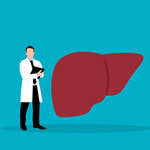

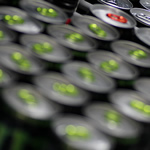
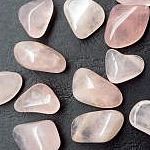
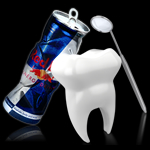
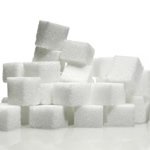
 Since 2001, Energy Drink Maniac has been drinking energy drinks and providing the most detailed reviews of global energy drinks based on firsthand research.
Since 2001, Energy Drink Maniac has been drinking energy drinks and providing the most detailed reviews of global energy drinks based on firsthand research.